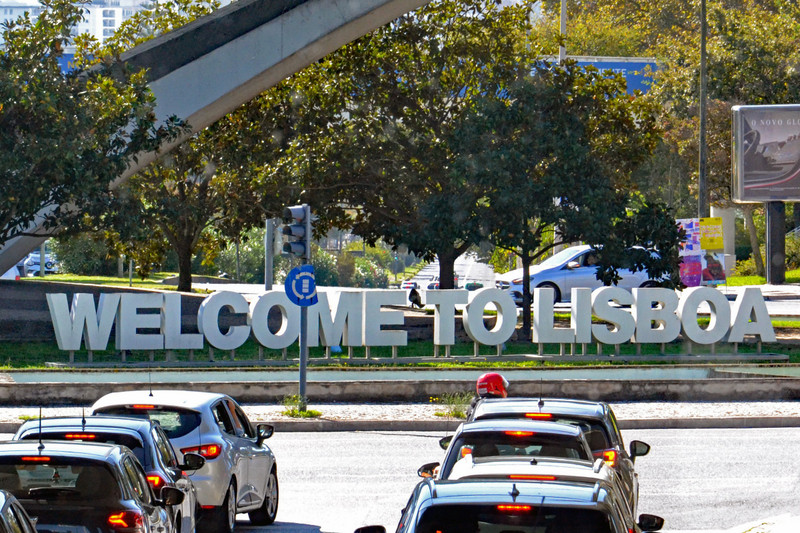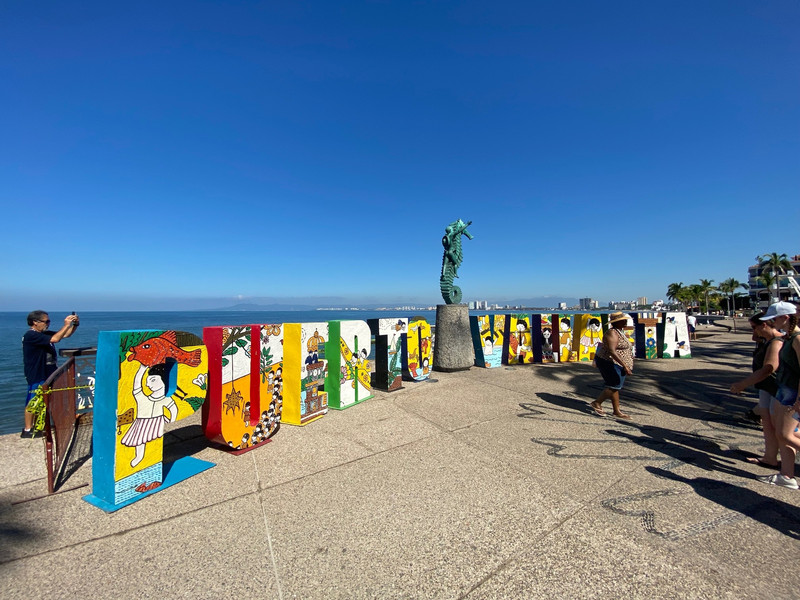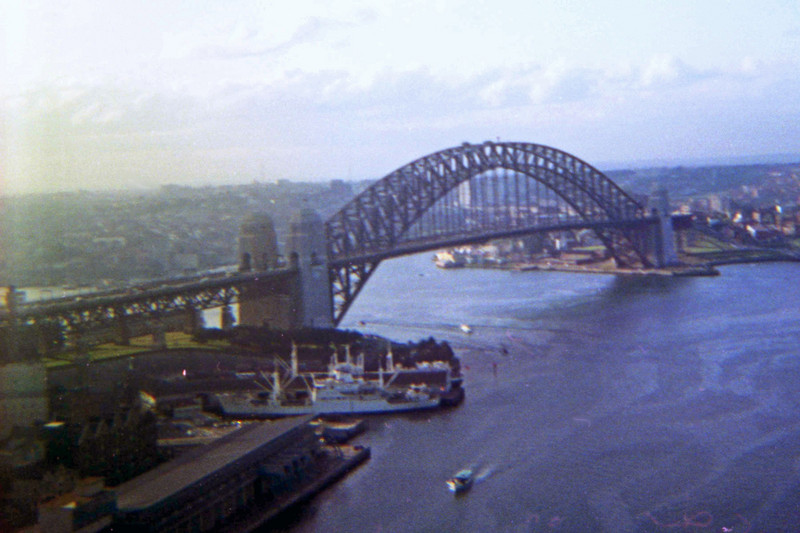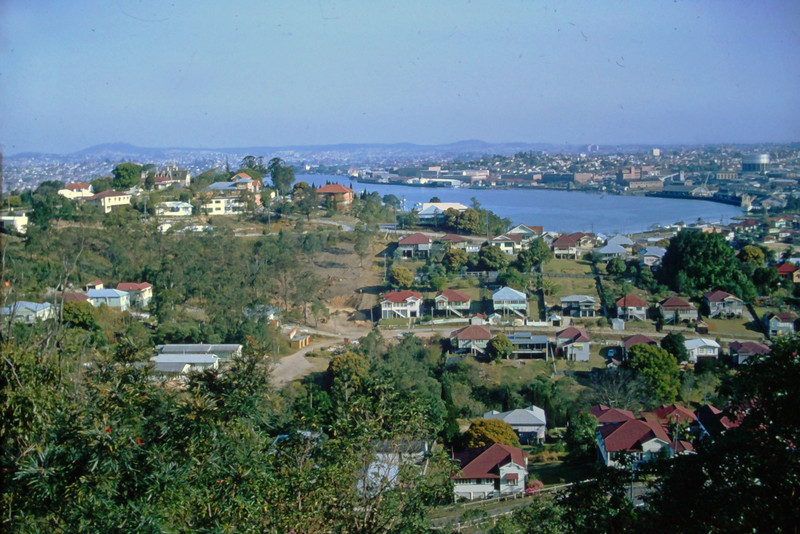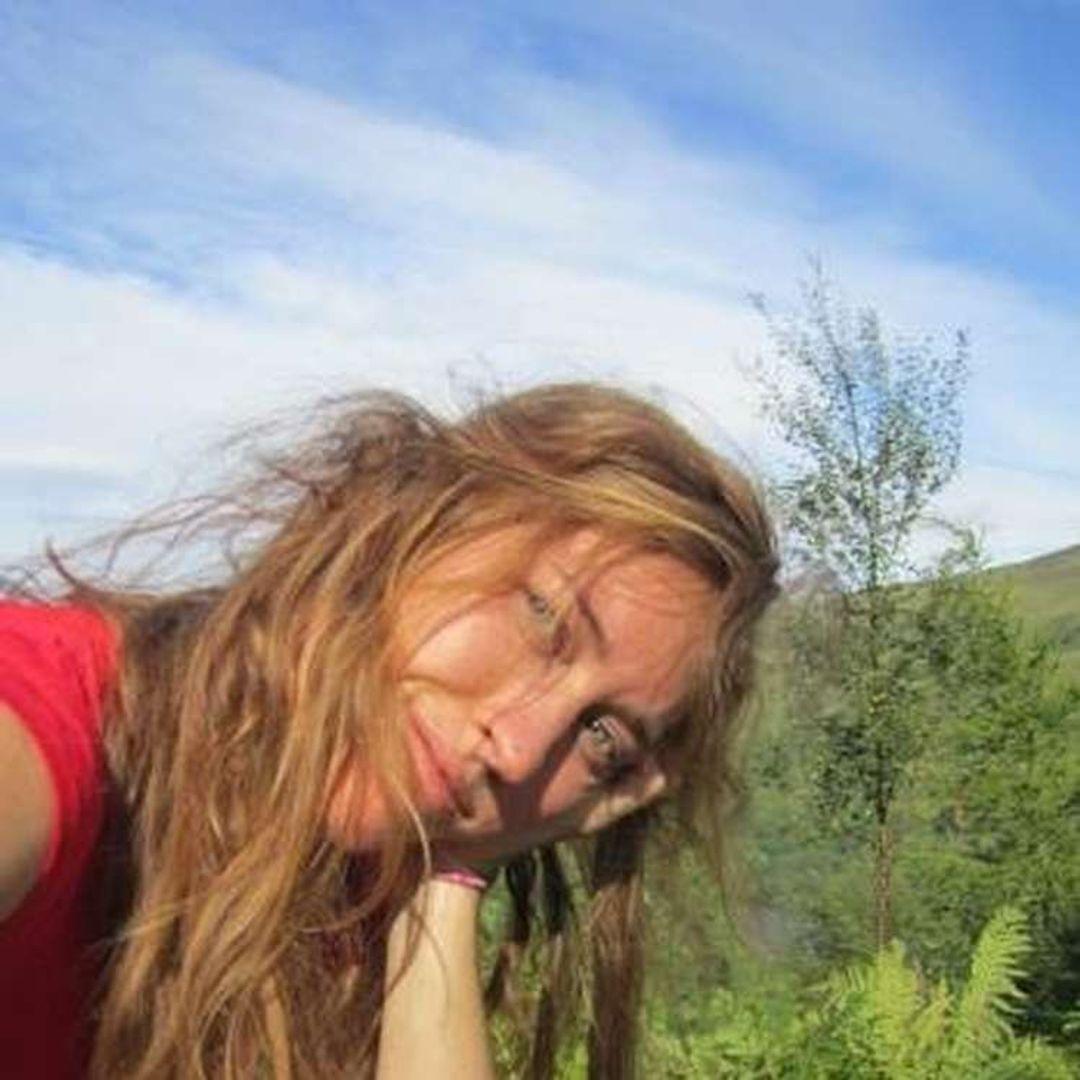As Peru descends into political chaos, I try to be outside enough to see what the protests are like while avoiding getting mixed up in the crowd itself. I want to know whats going on but also avoid tear gas and Covid.
Trying to train for the Ausangate trek in two weeks, I went for a 7 mile hike today. Ive been wondering what the burn from early October looks like up close - and if anything is starting to regrow yet. I blogged about the fire while it was happening and you can see photos on my Week 30 blog.
As with any hike around Cusco, you start at high elevation and just keep going up. My phone recorded my elevation gain as equivalent to climbing 159 flights of stairs. The highest elevation we get to on the Ausangate loop is just over 17,000, so I really cant train enough. It is a to know that I am able to run at 11,000 feet and that most people who hike Ausangate live at sea level. So, I should be in good enough shape and acclimated enough - I hope.
The burn itself is much bigger and much worse than I imagined. It looks big from town, but I discovered thats only the tip of the iceberg. Once I got up and over the hills that
About five weeks ago there was a big wildfire on the north side of town that blackened the hills around some of our most important archeological sites.
line the north side of Cusco, the burn on the other side was even worse. In eight hours of hiking, I never got past the burn zone. There were little pockets of unburned land here and there, but otherwise it devastation.
The biggest loss was several areas of queua trees. I wrote about these endemic trees importance in restoring native habitat in the Cusco region in the Week 24 blog. The loss of these groves is a big setback for habitat restoration. Several large groves of eucalyptus also burned, though their loss is mourned by me. People plant them because they grow tall and straight, which makes them better than native trees for building and firewood. However, they suck so much moisture and nutrients from the soil that they prevent native plants from growing nearby - and thus destroy the habitat.
Still, the fire was devastating all around and obviously burning any forest releases carbon into the atmosphere, exacerbating the pace of our quickly changing climate. As Ive written before, wildfires in the Cusco region are not normal. We do not naturally have the kinds of fires caused by lightning in the Rocky Mountain West. All fires here
From the entrance to Puka Pukara, you can see the blackened hills from Septembers fire and a big sign about avoiding Covid exposure. Note that there are a few people at the archeological site even though the entrance is clearly supposed to be closed.
are caused by people, usually by farmers burning the stubble from their fields so they will be ready to plant when the At this point, the rains are more than a month overdue and the extended dry season is intensifying the problem of escaped field fires.
Today the Peruvian congress voted to remove President Vizcarra for moral incapacity which sounds ridiculous to anybody who knows how corrupt these congress members are. The president of congress who rallied congress members behind him for the impeachment, Manuel Merino, is widely considered as one of the most corrupt politicians in Peru. There are dozens of charges against him, including accepting bribes and even rape. For Merino to lead the congress in ousting Vizcarra is the pot calling the kettle black. What Vizcarra is accused of is accepting bribes over ten years ago when he was regional governor of the Moquegua region in southern Peru (between Arequipa and Tacna).
In my opinion, and apparently the opinions of the thousands of Peruvians protesting in the streets, accusations of accepting bribes years before he became president is no reason to throw him out of office five months before elections - especially
Vizcarra has high approval ratings and has been popular among Peruvians throughout the pandemic.

